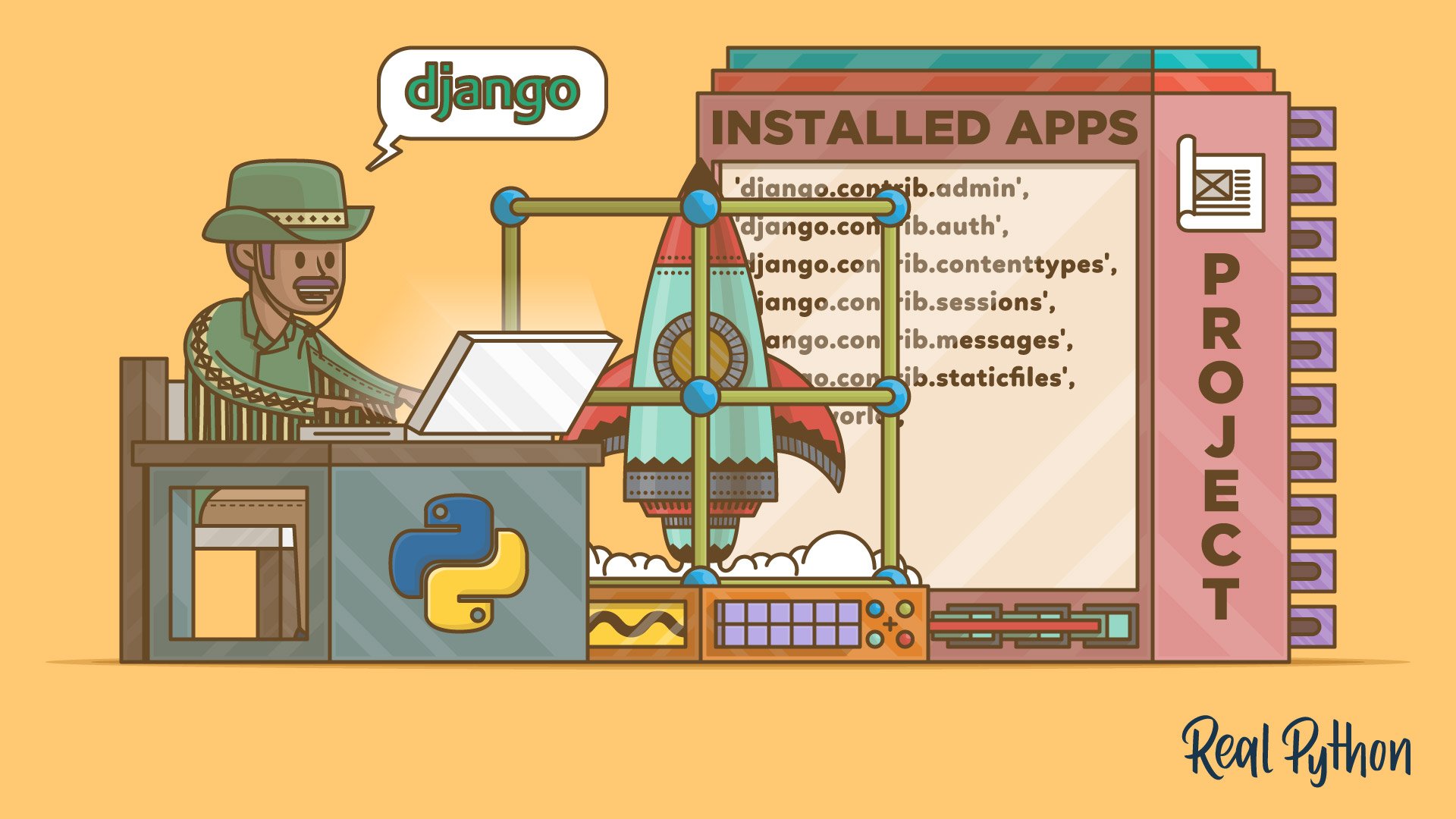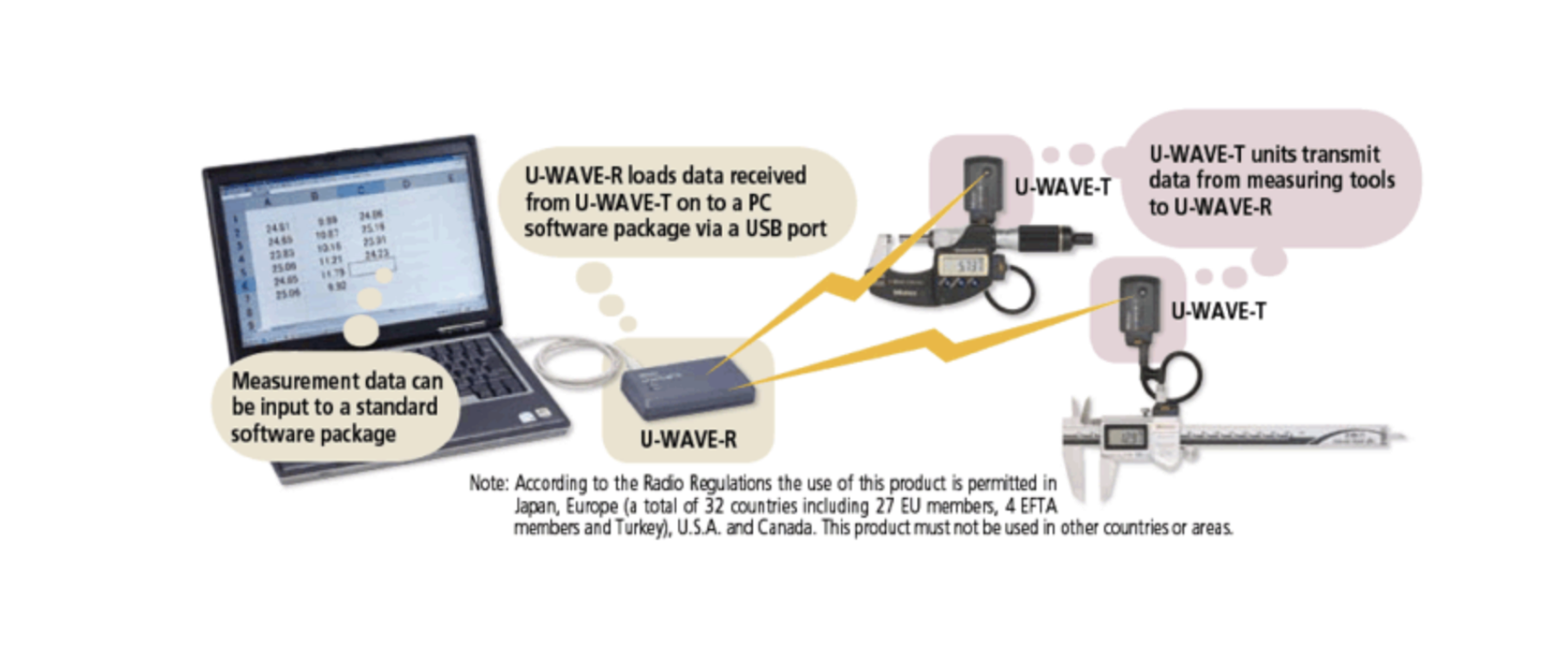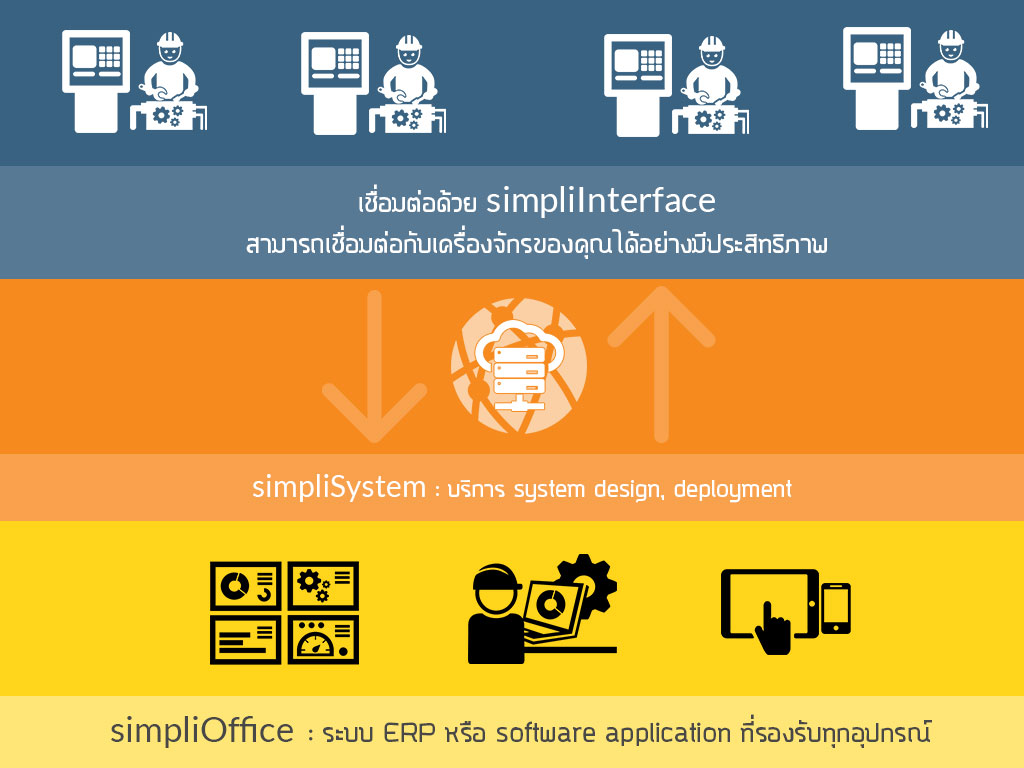Optimizing Your Automated Fertigation System with PID Control
In modern agriculture, automated fertigation systems have become essential for precise water and nutrient delivery. Combining irrigation and fertilization into one streamlined process, fertigation saves time, reduces waste, and boosts crop yields. To ensure such a system operates efficiently, integrating a PID control system is a game-changer.
What is Fertigation?
Fertigation is the process of delivering nutrients and water to plants simultaneously through an irrigation system. Instead of applying fertilizers manually, water-soluble nutrients are dissolved in the irrigation water and distributed directly to the root zone.
This method ensures precise nutrient application, making it one of the most efficient ways to support plant growth.
Why Use a Fertigation System?
A fertigation system offers several advantages over traditional methods of irrigation and fertilization:
1. Efficiency
- Precise Nutrient Application:
- Fertigation ensures nutrients are delivered directly to the root zone where they are needed most.
- Reduces wastage of fertilizers caused by runoff or evaporation.
- Optimized Water Use:
- Water is delivered in controlled amounts, avoiding overwatering or drought stress.
2. Time and Labor Savings
- Fertigation automates the process of fertilization, significantly reducing labor costs.
- Once set up, the system can manage large areas with minimal manual intervention.
3. Increased Crop Yields
- Fertigation ensures plants receive consistent and balanced nutrients throughout their growth stages, resulting in healthier plants and higher yields.
4. Uniform Distribution
- Nutrients and water are evenly distributed across the field, preventing nutrient imbalances that can cause patchy growth.
5. Adaptability
- Can be used for a wide variety of crops, including fruits, vegetables, flowers, and even lawns.
- Suitable for different irrigation systems like drip irrigation, sprinklers, or pivot systems.
6. Environmental Benefits
- Reduced Runoff and Leaching:
- Minimizes the loss of fertilizers into water bodies, reducing environmental pollution.
- Lower Carbon Footprint:
- Reduces the need for heavy machinery used in manual fertilization.
7. Customizable Nutrient Delivery
- Fertigation allows for different nutrient formulations to be applied at various growth stages:
- Nitrogen-heavy fertilizers for vegetative growth.
- Phosphorus and potassium-rich fertilizers during flowering and fruiting stages.
8. Enhanced Soil Health
- By delivering nutrients in dissolved form, fertigation prevents the buildup of salts and toxins in the soil, which can occur with granular fertilizers.
What is PID Control?
PID stands for Proportional, Integral, and Derivative control. It’s a feedback mechanism that continuously adjusts the system's outputs based on real-time sensor readings. The goal is to minimize errors and maintain optimal conditions for plant growth.
Here’s the PID controller equation formatted with your requested MathJax syntax:
u(t) = K_p e(t) + K_i \int_{0}^{t} e(\tau) d\tau + K_d \frac{de(t)}{dt}Components of PID Control:
u(t): \text{Control output.} \\
K_p: \text{Proportional gain.} \\
K_i: \text{Integral gain.} \\
K_d: \text{Derivative gain.} \\
e(t): \text{Error at time } t \text{ (Setpoint - Measured Value).} \\
\tau: \text{Integration variable.}Combining Fertigation and PID Control
A fertigation system with PID control ensures:
- Precise Adjustment:
- Automatically adjusts nutrient and water delivery based on soil conditions.
- Dynamic Response:
- Reacts in real time to changes in soil moisture, nutrient concentration (EC), and pH.
- Consistency:
- Maintains optimal growing conditions throughout the crop cycle.
Building an Automated Fertigation System with PID Control
1. Hardware Requirements
To create a fully automated fertigation system, you'll need:
- Sensors:
- Soil moisture sensor (e.g., Capacitive Soil Moisture Sensor v1.2).
- EC sensor to measure nutrient concentration.
- pH sensor for acidity levels.
- Actuators:
- Water pump for irrigation.
- Fertilizer pump for nutrient delivery.
- Acid pump for pH adjustment.
- Microcontroller:
- Raspberry Pi or Arduino to run the control logic.
- Relays and Valves:
- Control water flow and activate pumps.
2. Software Implementation
The microcontroller will:
- Read real-time data from sensors.
- Compare readings to desired setpoints.
- Adjust pumps and valves based on PID outputs.
Here’s an example of a Python script for a Raspberry Pi-based system:
from simple_pid import PID
import RPi.GPIO as GPIO
import time
# GPIO setup
WATER_PUMP_PIN = 17
FERTILIZER_PUMP_PIN = 27
ACID_PUMP_PIN = 22
GPIO.setmode(GPIO.BCM)
GPIO.setup(WATER_PUMP_PIN, GPIO.OUT)
GPIO.setup(FERTILIZER_PUMP_PIN, GPIO.OUT)
GPIO.setup(ACID_PUMP_PIN, GPIO.OUT)
# PID controllers
moisture_pid = PID(1.0, 0.1, 0.05, setpoint=70) # Moisture setpoint: 70%
ec_pid = PID(1.0, 0.1, 0.05, setpoint=1.5) # EC setpoint: 1.5 mS/cm
ph_pid = PID(1.0, 0.1, 0.05, setpoint=6.5) # pH setpoint: 6.5
# Mock sensor data (replace with real sensors)
current_moisture = 60
current_ec = 1.2
current_ph = 7.0
# Control loop
while True:
# Calculate PID outputs
water_output = moisture_pid(current_moisture)
fertilizer_output = ec_pid(current_ec)
acid_output = ph_pid(current_ph)
# Control actuators
GPIO.output(WATER_PUMP_PIN, GPIO.HIGH if water_output > 0 else GPIO.LOW)
GPIO.output(FERTILIZER_PUMP_PIN, GPIO.HIGH if fertilizer_output > 0 else GPIO.LOW)
GPIO.output(ACID_PUMP_PIN, GPIO.HIGH if acid_output > 0 else GPIO.LOW)
# Simulate sensor updates (replace with real sensors)
current_moisture += water_output * 0.1
current_ec += fertilizer_output * 0.05
current_ph -= acid_output * 0.02
time.sleep(1)Conclusion
A fertigation system equipped with PID control offers unparalleled precision and efficiency in modern agriculture. It ensures optimal plant growth, saves resources, and supports sustainable farming practices. Whether you're a small farmer or managing large-scale operations, fertigation with automation is a must-have tool for boosting productivity.
Let me know if you'd like to add visuals, diagrams, or further examples!
flowchart TD
A[Start] --> B[Read Sensor Data]
B --> C{Check Soil Conditions}
C -->|Moisture < Setpoint| D[Activate Water Pump]
C -->|Moisture >= Setpoint| E[Turn Off Water Pump]
C -->|EC < Setpoint| F[Activate Fertilizer Pump]
C -->|EC >= Setpoint| G[Turn Off Fertilizer Pump]
C -->|pH > Setpoint| H[Activate Acid Pump]
C -->|pH <= Setpoint| I[Turn Off Acid Pump]
D --> J[Recheck Sensors]
F --> J
H --> J
E --> J
G --> J
I --> J
J --> CGet in Touch with us
Related Posts
- LSTM洪水与水位预测:推动中国智慧水利和城市防汛的新一代AI技术
- Using LSTM for Flood Water-Level Prediction: How Deep Learning Helps Cities Respond Faster
- 用 AI 和自动化打造企业的降本增效体系(中国企业可操作指南)
- The Technical Blueprint Behind Custom Software and AI for Singapore Businesses
- Why Singapore Businesses Are Switching to Custom Software and AI — And How It Drives Faster Growth
- SimpliMES Lite — 面向中国中小型制造企业的轻量化 MES 解决方案
- SimpliMES Lite — Lightweight MES for Small & Mid-Sized Manufacturers
- Nursing-Care Robots: How Open-Source Technology Is Powering the Future of Elderly Care
- 为什么中国大模型正在成为电商系统的新引擎?
- 为什么成功的线上卖家都选择 SimpliShop:打造、成长、并持续领先你的市场
- Why Successful Online Sellers Choose SimpliShop: Build, Grow, and Win Your Market
- AI 垂直整合:未来企业竞争力的核心引擎
- Vertical Integration of AI: The Next Breakthrough in Modern Business
- AI 预测系统 —— 让你的决策拥有「超级力量」
- AI Prediction Systems — Turn Your Decisions Into Superpowers
- 如果 AI 泡沫破裂,会发生什么?(现实、理性、不夸张的深度分析)
- If the AI Bubble Ends, What Will Actually Happen? (A Realistic, No-Hype Analysis)
- 深度学习 + 新闻情绪分析进行股票价格预测(完整实战指南)
- Using Deep Learning + News Sentiment to Predict Stock Prices (A Practical Guide)
- 用 AI 改造 COI 管理:真实工厂案例解析(Hybrid Rasa + LangChain)














